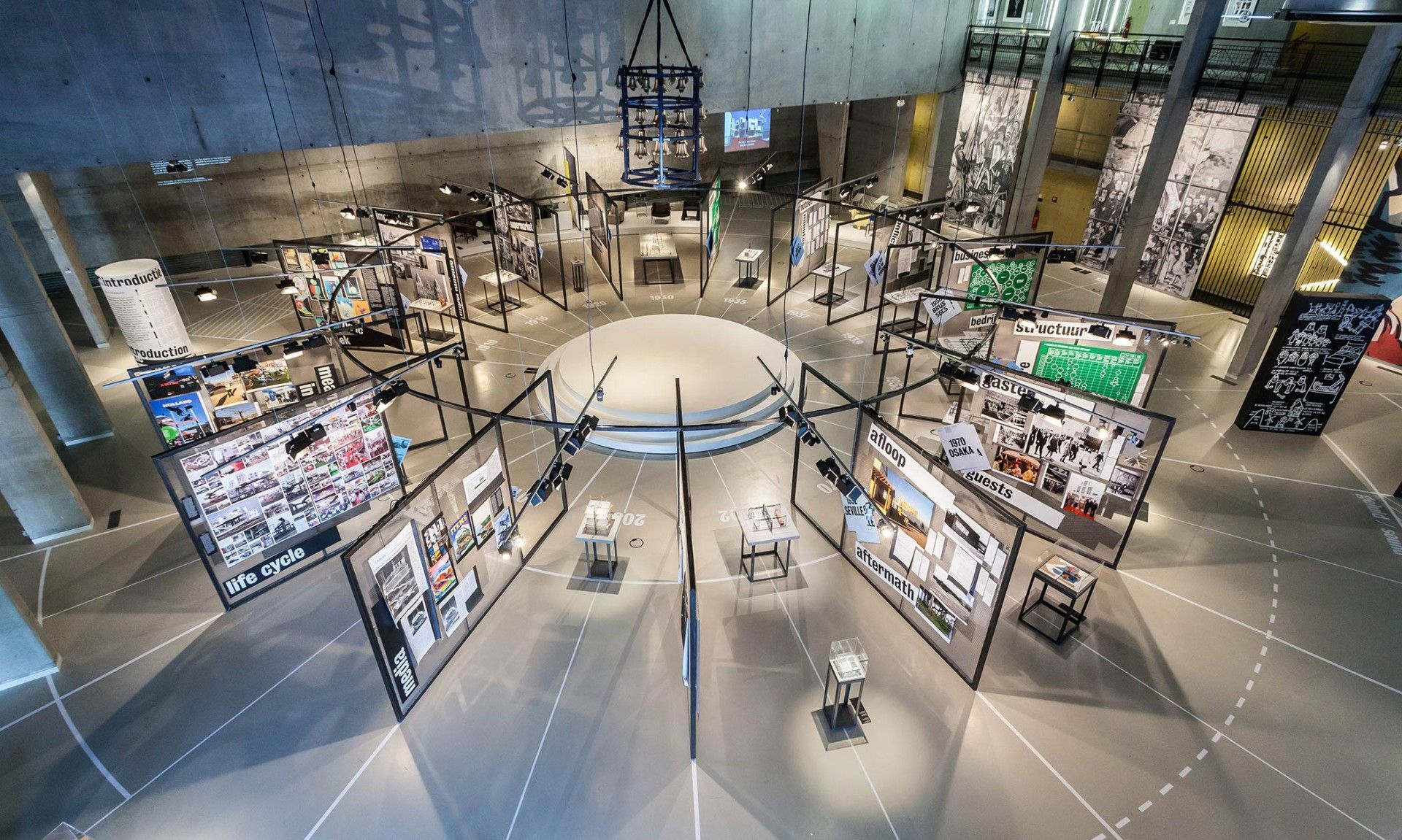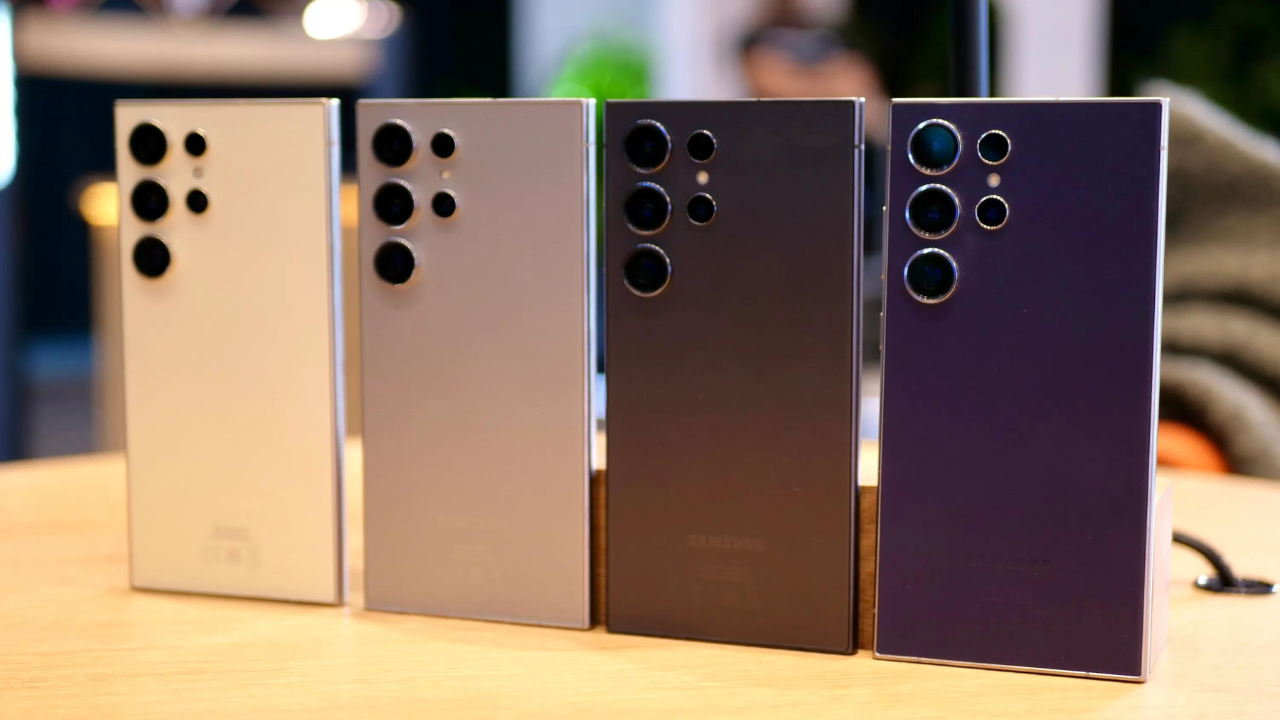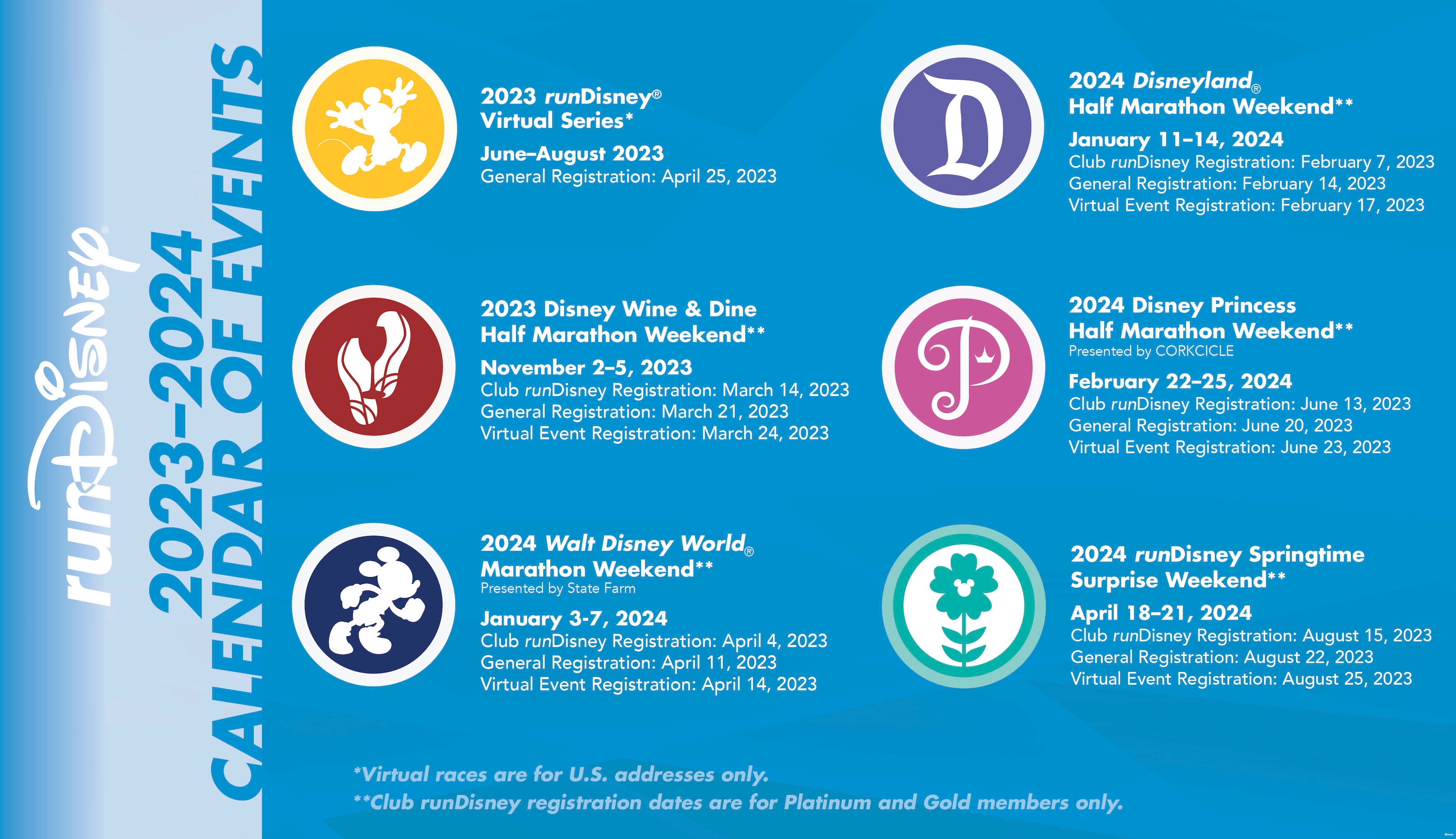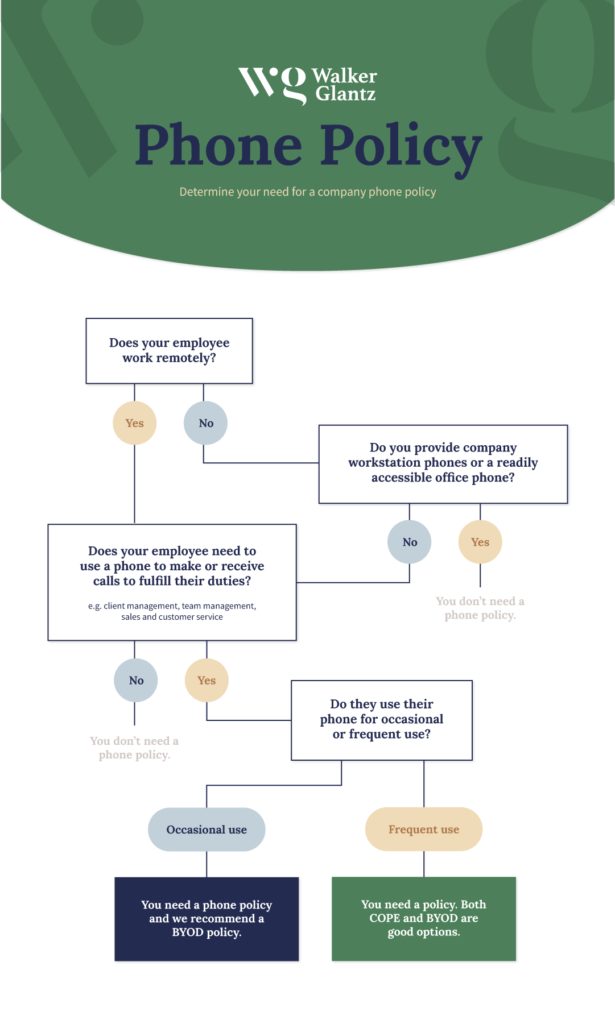Wes Anderson's Cinematic World: An Exhibition At The Design Museum

Table of Contents
A Visual Feast: Exploring Anderson's Signature Aesthetic
Wes Anderson's style is instantly recognizable, a carefully constructed visual language that seamlessly blends form and narrative. His aesthetic, a potent combination of color palettes, symmetrical composition, and recurring visual motifs, creates a cohesive and deeply satisfying cinematic experience. This exhibition meticulously analyzes the key components of this unique style.
-
Color Palettes and Mood: Anderson's films aren't just visually stunning; the color choices are integral to the storytelling. The pastel hues of Moonrise Kingdom evoke a sense of childhood innocence, while the richer, more saturated tones of The Grand Budapest Hotel create a feeling of both grandeur and melancholy. The exhibition explores these deliberate choices and their effect on the overall narrative.
-
Symmetry and Composition: Anderson's obsession with symmetry is legendary. The perfectly balanced compositions, often featuring meticulously arranged objects and characters, aren't merely aesthetic choices; they reflect a deeper order and control within his narratives. The exhibition showcases numerous examples of this signature technique, highlighting how it contributes to both visual appeal and thematic resonance.
-
Recurring Motifs and Symbolism: From the meticulously detailed train journeys in various films to the recurring use of specific props and locations, Anderson employs subtle yet powerful visual motifs that resonate throughout his filmography. The exhibition delves into these recurring elements, unveiling their hidden meanings and contributing to a deeper understanding of his storytelling approach.
-
Behind-the-Scenes Insight: The exhibition provides invaluable behind-the-scenes glimpses into Anderson's creative process, featuring sketches, storyboards, and production photos. This allows visitors to witness the meticulous planning and precision that goes into crafting each frame.
Beyond the Screen: The Craftsmanship of Wes Anderson's Sets and Props
This section of the exhibition truly shines a light on the incredible craftsmanship behind Anderson's visually stunning films. It's not just about the visuals; it's about the tangible artistry involved in creating his meticulously detailed worlds.
-
Miniature Masterpieces: The intricate miniature sets from films like The Grand Budapest Hotel and Fantastic Mr. Fox are a highlight. The level of detail is astonishing, revealing the immense skill and dedication of the model makers and set designers. The exhibition offers a close-up look at these miniature worlds, highlighting their craftsmanship.
-
Props and Costume Design: The exhibition also showcases the unique props and costumes, from the perfectly tailored suits to the quirky accessories. Each piece is carefully considered, contributing to the overall aesthetic and character development. The craftsmanship involved in their creation is truly remarkable.
-
Interviews and Insights: The Design Museum has curated interviews and quotes from key members of Anderson's production teams, including set designers and production artists. These insights provide invaluable context and reveal the collaborative process behind creating these iconic cinematic worlds.
-
Architectural Influences: The exhibition explores the influence of historical periods and architectural styles on Anderson's set design. From the pastel-hued European towns to the grand, slightly decaying hotels, the architectural details are integral to the overall aesthetic.
The Human Element: Characters and Storytelling in Wes Anderson's Universe
While the visual style is undeniably captivating, the heart of Wes Anderson's work lies in his characters and storytelling. This section of the exhibition delves into the human element that gives his films emotional depth.
-
Recurring Character Archetypes: Anderson often employs recurring character archetypes, exploring variations on familiar themes of family, loss, and identity. The exhibition examines these archetypes and how they contribute to the narratives.
-
Themes of Family and Identity: Family relationships, both dysfunctional and loving, are central to many of Anderson's films. The exhibition explores the recurring themes of familial bonds, loss, and the search for identity.
-
Narrative Style and Aesthetic: Anderson's distinct narrative style, characterized by its quirky humor and melancholic undertones, is intrinsically linked to his visual aesthetic. The exhibition reveals how these elements work in tandem to create a cohesive and deeply affecting cinematic experience.
-
Character Deep Dive: The exhibition features character sketches, costume designs, and behind-the-scenes insights, offering a more intimate look at the characters that populate Anderson's films.
Interactive Experiences and Exhibition Highlights
The Design Museum's Wes Anderson exhibition isn't just a passive viewing experience; it's designed to be interactive and engaging.
-
Immersive Installations: Expect interactive elements that allow visitors to engage more deeply with Anderson's work, perhaps through multimedia installations or hands-on activities.
-
Unique Perspectives: The exhibition promises unique perspectives on Anderson's creative process, potentially showcasing rarely seen materials or offering new insights into his filmmaking techniques.
-
Accompanying Materials: Check for accompanying publications, films screenings, or merchandise related to the exhibition, providing even more opportunities to immerse yourself in the world of Wes Anderson.
-
Visitor Engagement: Look for visitor reviews and social media buzz to gauge the overall experience and discover more about what other fans are saying.
Conclusion
The Design Museum's exhibition on Wes Anderson's cinematic world offers a truly immersive and insightful experience, showcasing the meticulous artistry and unique visual language that defines his films. From the perfectly balanced compositions to the whimsical sets and quirky characters, the exhibition celebrates the remarkable talent and dedication that have made Wes Anderson a cinematic icon. Don't miss this unique opportunity to explore the captivating world of Wes Anderson. Plan your visit to the Design Museum's "Wes Anderson's Cinematic World" exhibition today and experience the magic firsthand! Learn more about the exhibition and purchase tickets on the Design Museum's website.

Featured Posts
-
 Understanding Georgias Hemp Laws What You Can Legally Buy Now
May 28, 2025
Understanding Georgias Hemp Laws What You Can Legally Buy Now
May 28, 2025 -
 Your Guide To Finance Loans Interest Rates Emis And Loan Tenure Explained
May 28, 2025
Your Guide To Finance Loans Interest Rates Emis And Loan Tenure Explained
May 28, 2025 -
 Promo Samsung Galaxy S25 256 Go Economisez Sur Votre Achat
May 28, 2025
Promo Samsung Galaxy S25 256 Go Economisez Sur Votre Achat
May 28, 2025 -
 1968 And 2024 A Springtime Comparison And Its Implications For Summer Drought
May 28, 2025
1968 And 2024 A Springtime Comparison And Its Implications For Summer Drought
May 28, 2025 -
 Nih Faces Staff Revolt Over Research Funding And Policy Disputes
May 28, 2025
Nih Faces Staff Revolt Over Research Funding And Policy Disputes
May 28, 2025
Latest Posts
-
 Valley High School Coach Named Regional Coach Of The Year
May 30, 2025
Valley High School Coach Named Regional Coach Of The Year
May 30, 2025 -
 New Dmps Cell Phone Policy Coming Next School Year What Students And Parents Need To Know
May 30, 2025
New Dmps Cell Phone Policy Coming Next School Year What Students And Parents Need To Know
May 30, 2025 -
 Regional Coach Of The Year Valley High Schools Coaching Excellence Recognized
May 30, 2025
Regional Coach Of The Year Valley High Schools Coaching Excellence Recognized
May 30, 2025 -
 Near Pella School Bus Crash Results In Two Injuries
May 30, 2025
Near Pella School Bus Crash Results In Two Injuries
May 30, 2025 -
 Dmps Cell Phone Policy A District Wide Approach For Next School Year
May 30, 2025
Dmps Cell Phone Policy A District Wide Approach For Next School Year
May 30, 2025
